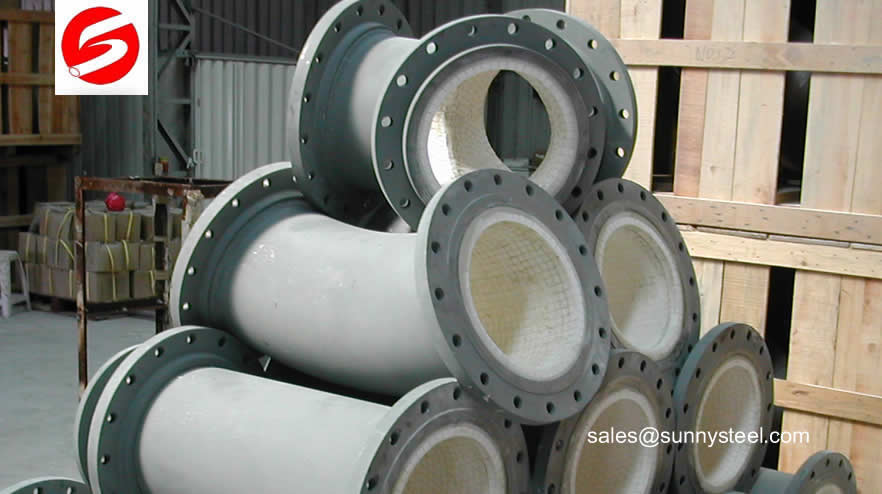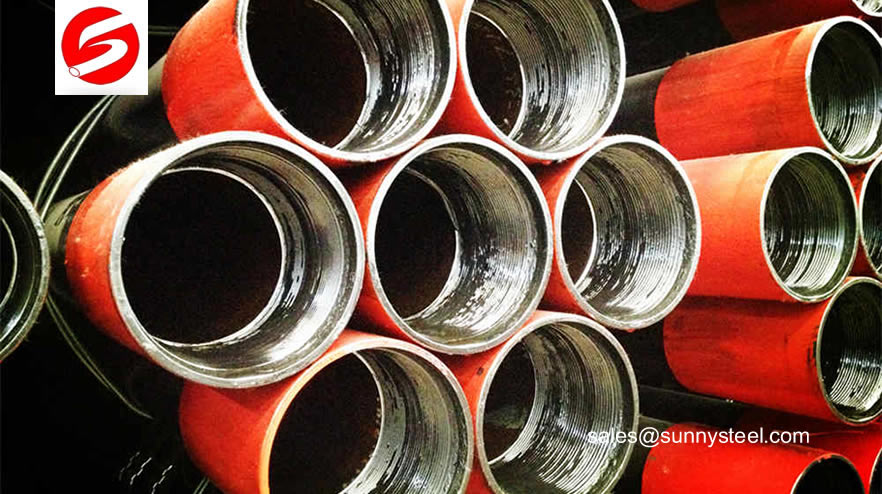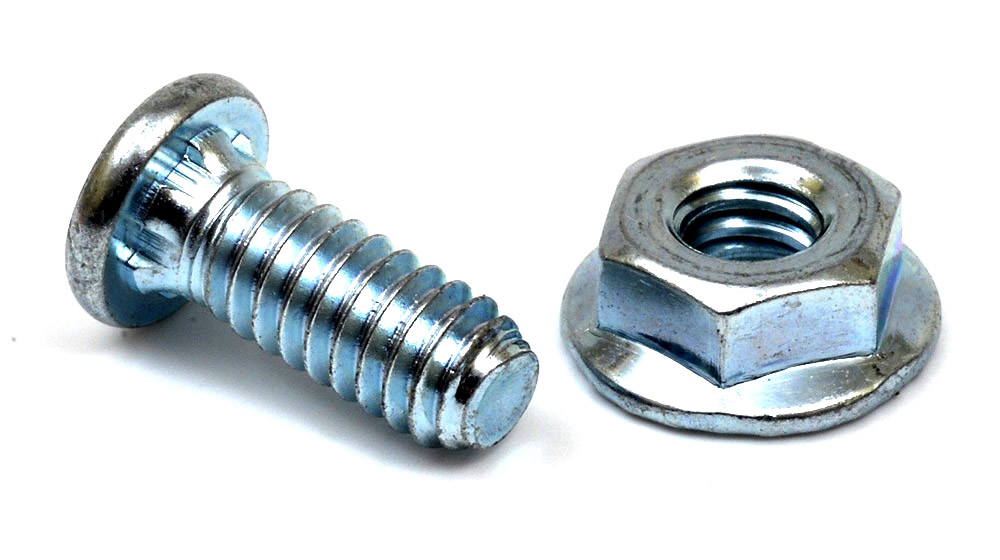
The ceramic tube or ceramic sleeve sintered as a whole part, and then assemble it into the steel pipe with our high-strength-temperature-resistant epoxy adhesive.
95% alumina ceramic sleeve lined pipes, elbows and T pipes have been largely applied in lithium battery material conveying system in recently years.
Wear abrasion stainless ceramic pipes with below advantages:
- Better purity for inside and outside pipe materials;
- More abrasive;
- Higher corrosion resistance;
- Stronger impacting resistance;
- Better high temperature resistance
- Smaller flatness of inside pipe(ceramic flatness≤0.5mm)
Advantages of Wear abrasion stainless ceramic pipes
Advantages of Wear abrasion stainless ceramic pipes 95% alumina ceramic sleeve lined pipes, elbows and T pipes have been largely applied in lithium battery material conveying system in recently years.
- Better purity for inside and outside pipe materials;
- More abrasive;
- Higher corrosion resistance;
- Stronger impacting resistance;
- Better high temperature resistance
- Smaller flatness of inside pipe(ceramic flatness≤0.5mm)
What is Ceramic Pipe Sleeve?
Recently 95% alumina ceramic sleeve lined pipes, elbows and T pipes have been largely applied in lithium battery material conveying system.. The main raw material of wear resistant ceramic ring is a special kind of ceramic with AL2O3 as the and the rare metal oxide as the flux, which is melted by high temperature at 1700 °C. The big diameter ceramic sleeve is always a big problem for the ceramic tube manufacturers since it’s very difficult to control the deformation rate of the ceramic sleeve after it’s sintering .Also It will also need an advanced and big isostatic pressing machine to do this .So it will not only express the company’s production capability ,but company’s technology. Right now, our factory have owned both advantages which are wear resistant ceramic pressing facilities and technologies.
In addition, the flatness of ceramic casing is also an important factor affecting the size of lithium battery materials.We did a lot of analysis and improved our manufacturing techniques to solve both of these problems.Now it can help lithium battery delivery systems better solve these problems, with better material purity, longer service life and better economic benefits.
For the convenience of customers, are to provide a more specific process is as follows:
- Removing rust and decontamination process of outer-layer steel pipe;
- Must be in strict accordance with the prescribed ratio, the binder a\b accurate measurement, with how many, must be stirred evenly, full stir-mixing must not be less than 4 times, such as adding a mixture of the embedded feed should be mixed with the binder and then add the mixture to stir up not less than 3 times;
- The binder is applied evenly on the inner wall of the steel tube to ensure the thickness is not less than 0.5mm thickness. Then apply the binder on the outer surface of the ceramic ring to ensure the thickness between the 0.5mm-1mm. Also in the ceramic ring side (with the ceramic ring contact with the corresponding surface) Daub 0.5mm Adhesive, to ensure that after the installation of the ring and the seal between the ring;
- After the installation of the ceramic ring in place, it is necessary to repair the gap between the assembled ceramic rings and mend the joints to ensure the sealing between the ring and the ring;
- According to the NPT standard, we process the two pipe ends of male and female thread processing. The end of the pipe processing, and processing 1x45° groove, to prevent on-site installation in the process of cutting the hands of construction workers, do a good job of safety protection measures, thread processing, need to brush oil to protect the thread;
- After installing the ceramic ring, check the internal surface of the ceramic ring of the formation, finishing in place, cannot move the position of the pipe, because the binder is not dry, vibration is easily caused by the displacement of ceramic rings, affect the use of the effect of cold weather in winter, binder drying time is longer, need to ensure more than 48 hours.
- Removing rust and decontamination process of outer-layer steel pipe;
- Must be in strict accordance with the prescribed ratio, the binder a\b accurate measurement, with how many, must be stirred evenly, full stir-mixing must not be less than 4 times, such as adding a mixture of the embedded feed should be mixed with the binder and then add the mixture to stir up not less than 3 times;
- The binder is applied evenly on the inner wall of the steel tube to ensure the thickness is not less than 0.5mm thickness. Then apply the binder on the outer surface of the ceramic ring to ensure the thickness between the 0.5mm-1mm. Also in the ceramic ring side (with the ceramic ring contact with the corresponding surface) Daub 0.5mm Adhesive, to ensure that after the installation of the ring and the seal between the ring;
- After the installation of the ceramic ring in place, it is necessary to repair the gap between the assembled ceramic rings and mend the joints to ensure the sealing between the ring and the ring;
- According to the NPT standard, we process the two pipe ends of male and female thread processing. The end of the pipe processing, and processing 1x45° groove, to prevent on-site installation in the process of cutting the hands of construction workers, do a good job of safety protection measures, thread processing, need to brush oil to protect the thread;
- After installing the ceramic ring, check the internal surface of the ceramic ring of the formation, finishing in place, cannot move the position of the pipe, because the binder is not dry, vibration is easily caused by the displacement of ceramic rings, affect the use of the effect of cold weather in winter, binder drying time is longer, need to ensure more than 48 hours.
Applications:
Elbows and tubes with ceramic lining have wide application in different industries like pneumatic and hidraulic transport.
The most common applications are:
| Industry | Material |
| 1. Abrasive products | Grinding wheel granules |
| 2. Aluminium plants | Calcined alumina, bauxite, electrode, carbon, crushed bath |
| 3. Iron & Steel | Sinter dust, limestone, lime injection, coal, iron carbide, alloy additives |
| 4. Mineral wool & insulation products | Perlite, stone dust, refractory fibers, production wastes, dust from sawing operations |
| 5. Foundries | Molding sand, dust collection |
| 6. Glass plants | Batch, cullet, quartz, kaoline, feldspar |
| 7. Breweries, grain processing, feed mills | Corn, barley, soy beans, malt, cocoa beans, sunflower seeds, rice hulls, malting plants |
| 8. Cement | Clinker dust, limestone, cement, fly ash, coal, blast furnace slag |
| 9. Chemical plants | Caustic lime, fertilizers, lime dust, chrome ore, paint pigments, plastic pallets with glass fi bers |
| 10. Mineral mining plants | Kiln feed, ore concentrate, coal tailings, dust |
| 11. Coal fired power stations | Coal, fly ash, pyrites, slag, ash, limestone |
| 12. Coal mines | Coal dust, mine waste for backfi lling |
| 13. Technical carbon products | Technical carbon, dust, graphite for electrodes |
Technical index of wear-resistant ceramic ring:
| Item | Data | Note |
| Al2O3 (%) | ≥95% | |
| Density (g/cm3) | ≥3.65g/cm3 | |
| Strength (MPa) | 1030 | |
| Flexural strength (MPa) | 212 | |
| Impact toughness (Kj/m2) | 10.2 | |
| Hardness (HRV) | ≥85Mpa | |
| Elastic modulus (GPa) | 304 | |
| Expansion coefficient (10-6/℃) | 6.6 | |
| Acid resistance(24H) | Stability | Test solution : 15%H2SO4 |
| Alkali resistance(24H) | Stability | Test solution: NaOH |
Suggested Usage of the Ceramic Tile Lined Pipe:
| Ash Pipe & Elbows | Add-Mix Transport Lines | Coal Piping Clinker Chutes |
| Chutes | Coal Conduit Lining | Coal Handing Chute Lining |
| Fan Lining | Pulverizer Housing Liner | Coal Mill Pulverizer Cone Lining |
| Bumer Feed Pipes | Classifer Cone Lining | Cullet Chutes & Hoppers |
| Cyclone Lining | Downcomer Pipe Lining | Coal Mill Exhauster Lining |
| Fan Housings | Drag Convey or Lining | Coal Mill Pulverizer Lining |
White 92% high ceramic alumina lined wear resistant bend pipe is made through self-propagating high-temperature synthesis (SHS) technique. The pipe consists of three layers: smooth ceramic lining (compact corundum), ceramic and metal transition layer and the outer steel pipe. The combination of high rigidity of ceramic and high elasticity of steel gives the pipe unmatchable features as an abrasion resistant, heat resistant and corrosion resistant material for use in the fields of power generation, metallurgy, mining, and chemical industry etc.. It has many advantages over steel pipes, cast stone pipes, and steel-plastic compound pipes.
High alumina ceramic linings are curved, piping and elbows are reliable, maintain close manufacturing tolerances, and are ready to install, thus facilitating quick replacement and free operation for long lasting trouble. Ceramic liner equipment, including ceramic wire tube, ceramic liner elbow, ceramic liner cone, ceramic turret, ceramic-lined hydrocyclone, ceramic liner, ceramic lined valves to help users obtain the maximum efficiency of the equipment.
Relevant technical introduction of wear-resistant ceramic ring
The wear resistant ceramic ring is a special kind of ceramic with Al2O3 as the main raw material and the rare metal oxide as the flux, which is melted by high temperature at 1700 oC.
99.7% Alumina ceramic tube/high frequency ceramic is our main product. We are making High quality alumina furnace tubes.
99.7% alumina is the main material, 85% and 95% alumina tubes also available.
Technical index of binder:
| Item | Data | Characteristics of binder |
| Density (g/cm3) | 1.32 | |
| Compressive strength (MPa) | 40 | |
| Shear Strength MPa | 26 | |
| Impact toughness Kj/m2 | 10 | |
| Hardness HB | 9.5 | |
| Elastic Modulus GPa | 2.2 | |
| Expansion coefficient 10-6/℃ | 20.1 | |
| Softening temperature℃ | 263 | |
| Coking temperature℃ | 335 | |
| Acid resistance(24H) | Stability | Test solution : 15%H2SO4 |
| Alkali resistance(24H) | Stability | Test solution: NaOH |
Features:
- The wear-resistant ceramic ring has the characteristics of smooth interior wall and super wear resistance. Widely used in chemical, fine powder conveying pipelines and other industries, with high wear-resistant and anti-corrosion functions.
- In accordance with the traditional process, the production of wear-resistant ceramic ring is mainly the use of hot-pressing casting or grouting molding. Adopting isostatic pressing forming technology, the ceramic ring with isostatic pressing is better in compactness and more accurate in ceramic size.
- At present, our ceramic ring lining pipeline in the silicone industry, chemical industry, fine powder conveying industry has been widely used.



























Comments